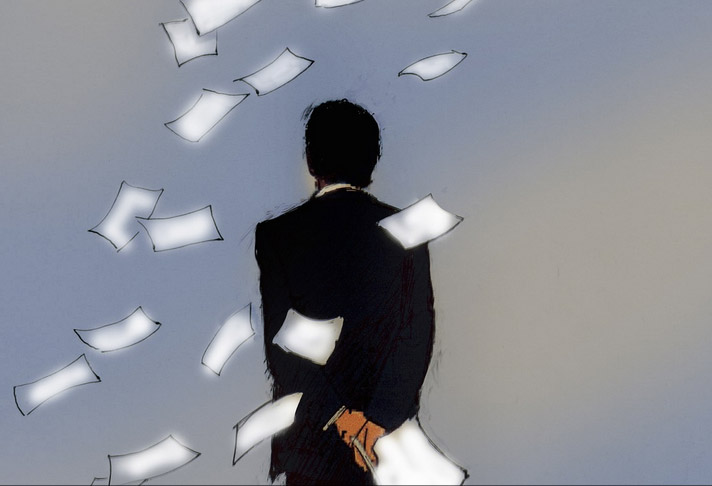
Busting the Asbestos Racket: A federal judge finds evidence of deliberate legal deception

The worst public scandals are often those that travel in plain sight, and a prime example is the asbestos litigation racket. We’ve been writing about it for years, and now a judge in North Carolina has issued a remarkable opinion exposing just how rotten it is.
The case involves Garlock Sealing Technologies, a gasket maker forced into bankruptcy in 2010 by a flood of bogus claims. Plaintiffs lawyers were insisting that Garlock set aside $1.3 billion for victims of the deadly asbestos-related disease, mesothelioma. Last month federal bankruptcy judge George Hodges instead accepted Garlock’s liability estimate of $125 million and roasted the plaintiffs bar for dishonesty.
Most companies pushed into asbestos bankruptcy have set up trusts to pay claims. Garlock said it had evidence that plaintiffs were filing claims with trusts in which they blamed non-Garlock products for their diseases, even as they blamed Garlock in court. The judge allowed discovery in 15 cases Garlock had already settled, and as the judge wrote, «Garlock demonstrated that exposure evidence was withheld in each and every one of them.»
For example, Garlock had paid $9 million in a California case involving a former Navy machinist mate. Garlock had attempted to show that the plaintiff had been exposed to asbestos-containing insulation, Unibestos, made by Pittsburgh Corning. The plaintiff denied exposure to insulation products, while his lawyer told the jury there was no Unibestos insulation on the ship.
But Judge Hodges found that after the $9 million verdict, the lawyers for the machinist filed 14 claims with other asbestos trusts, including several against insulation manufacturers. The same lawyers who told the Garlock jury there was no Unibestos exposure had claimed in the Pittsburgh Corning bankruptcy that the same plaintiff had been exposed to Unibestos. Judge Hodges wrote that the plaintiffs lawyers «failed to disclose» in court that their client had been exposed to 22 other asbestos products.
We could go on, and Judge Hodges did, highlighting the «control» that plaintiffs lawyers have over exposure evidence, and their tendency to make it «disappear» when it is inconvenient. He wrote that «almost half» of 161 additional past cases in which he allowed Garlock more-limited discovery «involved misrepresentation of exposure evidence. It appears certain that more extensive discovery would show more extensive abuse. But that is not necessary because the startling pattern of misrepresentation that has been shown is sufficiently persuasive.»
Judge Hodges’s opinion avoids the word «fraud,» but it should still unnerve the lawyers he repeatedly cites for their many «sworn» statements given under «penalty of perjury»—and that have been proven false. He could do a further public service by unsealing the trial evidence and transcript, and by holding these lawyers to account.
For years lawyers have deluged courts with claims, confident that neither defendants nor courts will have the time or money to sort through the scams. Garlock, which is trying to emerge from bankruptcy, took a courageous risk in taking on the tort bar in court. It now plans to use the information it found in discovery as the basis for a racketeering, fraud and conspiracy suit against four national asbestos plaintiffs firms—Shein Law Center, Belluck & Fox, Simon Greenstone, and Waters & Kraus.
Congress could also re-question one of the lawyers suing Garlock—Elihu Inselbuch of Caplin & Drysdale—who testified in March concerning asbestos fraud that «there is none. Defendants have no evidence to support their assertion of fraud by plaintiffs.» They do now. This is also another reason to pass the Furthering Asbestos Claim Transparency Act, which would require asbestos trusts to disclose more information on the claims they receive.
This is Judge Hodges’s first experience with an asbestos bankruptcy, and one lesson may be that the special dockets that courts have set up under «experienced» asbestos judges is leading to too much tolerance for fraud. Judge Hodges’s fresh look is a reminder to other judges that their courtrooms are supposed to be places that render justice, not rubber stamps for plaintiff scams.





